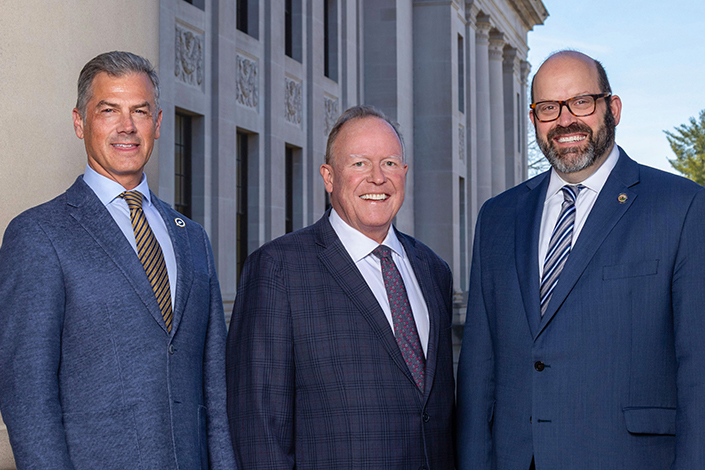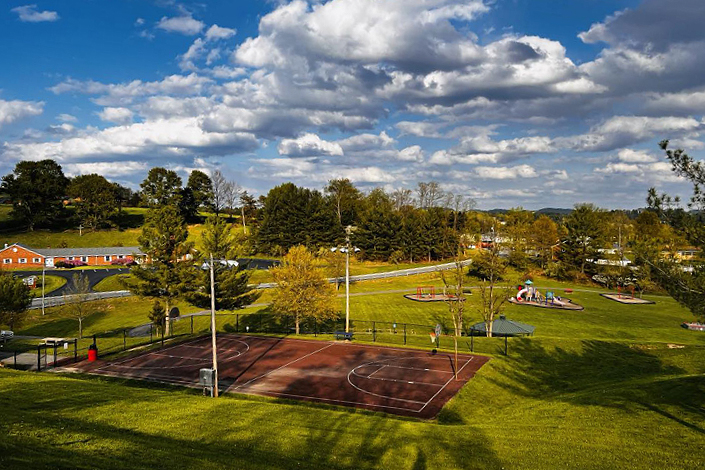By Kenzie Dye
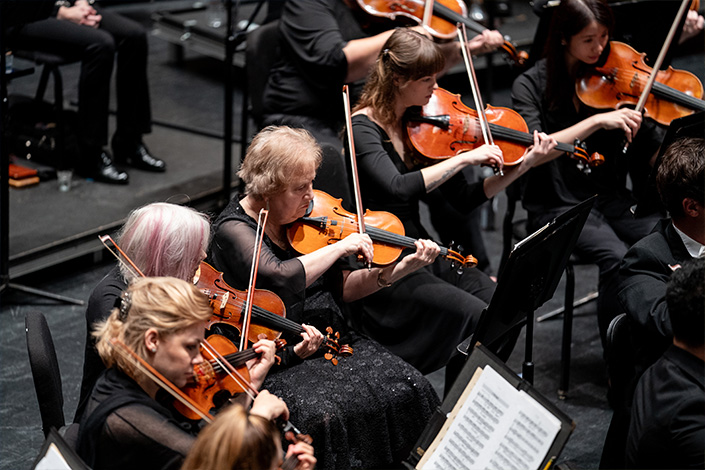
West Virginia’s three symphony orchestras honor tradition while embracing innovation, enriching communities through performances and education. With deep roots and bold visions, each ensures live orchestral music remains a vital part of the state’s cultural landscape.
West Virginia Symphony Orchestra
Founded in 1939, the West Virginia Symphony Orchestra (WVSO) is the largest performing arts organization in the Mountain State, reaching a multi-generational audience of about 40,000 each year.
“The history of the WVSO is the history of an institution committed to musical excellence and musical accessibility, ensuring that all West Virginians have access to this incredible tradition of music,” says Maurice Cohn, music director of the WVSO.
While based in Charleston, the orchestra also travels to cities such as Parkersburg, Lewisburg, Elkins, Clarksburg, Morgantown and Fairmont and has earned national recognition.
“The enthusiastic response from musicians around the country to our recent auditions was a great reminder of the excellent history and credibility of this institution,” Cohn explains.
The orchestra attracts internationally known guest artists and has been instrumental in the careers of many West Virginia musicians who have achieved success on both national and global stages.
“Early in my tenure, we needed to hire several new musicians for key positions in the orchestra,” Cohn says. “The enthusiastic response to these vacancies and the interest from musicians around the country in joining the WVSO was a great reminder of the excellent history and credibility of this institution.”
Finding the right balance between tradition and innovation is central to WVSO’s programming.
“For me, great programming is built on trust,” Cohn says. “We want to show our audiences we care deeply about the music they already know and treasure, and then we have the opportunity to show them something new to love.”
When hiring new musicians, the WVSO runs blind auditions. This means candidates are not screened based on resumes or levels of music degrees. The WVSO’s audition committee—Cohn and key musicians in the orchestra—do not see the candidates at any time during the audition. Candidates perform behind a screen and on a carpeted floor to remove any identifying shoe sounds. This process has produced excellent results, including the recent hire of its new concertmaster Mary Grace Johnson, who is also now the professor of violin at West Virginia University.
“New musicians absolutely affect the ensemble’s dynamic, and one of the great joys of the last year has been getting to watch our new members integrate into the fabric of the WVSO, bringing both their own musical instincts and learning from the years of experience already present in the orchestra,” Cohn says.
What struck Cohn shortly after becoming the music director, and what has been one of the most rewarding parts of his role so far, is the simultaneous bigness and smallness of the institution.
“The WVSO is a truly excellent orchestra, with a storied legacy and the ability to undertake ambitious, complicated and exciting artistic projects,” Cohn says. “At the same time, we are a small team that has a much more intimate and immediate connection to our audience than you will find with comparably sized orchestras in other places. We are a place where everyone is part of the musical family.”
Wheeling Symphony Orchestra
For 95 years, the Wheeling Symphony Orchestra (WSO) has provided the Ohio Valley with exciting orchestral shows. Led by Music Director John Devlin, the WSO is proud to belong to one of the smallest cities with an orchestra of its size and caliber.
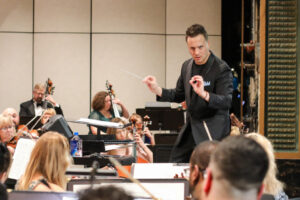
“A WSO Masterworks performance will typically feature a new work alongside a more recognizable one,” Sandy Varlas, marketing and communications manager for the WSO, explains. “This allows concertgoers to enjoy their favorite pieces while also discovering new favorites.”
The orchestra also embraces diverse musical styles through its Pops concerts, which explore genres ranging from soul and Broadway to film music and beyond.
“Central to the WSO’s mission is to perform works by living American composers, while also performing well-known pieces from the classical music canon,” says Varlas.
Beyond the stage, the WSO nurtures the next generation of musicians through the Wheeling Symphony Youth Orchestra (WSYO).
“The WSYO is a free program that gives students the opportunity to perform alongside and be coached by professional musicians of the WSO,” says Varlas. “The WYSO performs several times a year at both WYSO concerts and select WSO performances.”
Looking toward the future, the WSO is focused on growth and innovation as it approaches its 100th anniversary in 2029.
“Films with live orchestra, a new venture where a beloved movie is played while the orchestra performs the score live alongside it, will continue to take the Capitol Theatre stage each season. In addition, the WSO will continue to bring in star performers to join the likes of Yo-Yo Ma, Sutton Foster, Renee Elise Goldsberry and Chris Thile, who have all starred in WSO concerts over the last few years.”
The WSO is constantly seeking to innovate with concert formats, creating new ways to engage audience members through partnerships with local dance companies, artists and storytellers. With a rich history and a bold vision for the future, the WSO continues to make Wheeling a vibrant hub for classical music.
Huntington Symphony Orchestra
Formed during the late 1930s as part of the Works Progress Administration (WPA), the Huntington Symphony Orchestra (HSO) was the first musical organization of its kind to exist in the Mountain State.
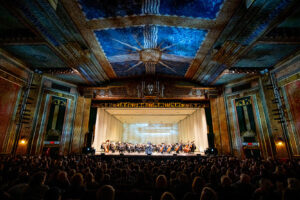
“Huntington was once a major cultural hub, attracting legendary artists like Arthur Rubinstein, Yehudi Menuhin and Sergei Rachmaninoff,” says Ian Jessee, executive director of the HSO. “At the time, Huntington was considered the premier performance stop between New York and Chicago.”
After a 20-year hiatus, the HSO was revived in 1970 by Dr. Paul Whear, a composer and chairman of Marshall University’s music department. What began as the Huntington Chamber Orchestra with 35 musicians transformed into the institution known today.
Jessee says he is proud of the growth the HSO has experienced in the last three years, expanding from three or four shows in a season to 11 events each season in the last two fiscal years.
“With a professional ensemble of 50 musicians and a dedicated volunteer board, the HSO carries forward a rich legacy—one that blends history, artistry and education,” he says. “From its WPA-era origins to its present-day commitment to cultural enrichment, the orchestra remains a vital and dynamic part of West Virginia’s artistic landscape.”
The orchestra plans to broaden its programming to appeal to a more diverse audience by collaborating with regional artists, arts organizations and educational institutions. The HSO is also strengthening its partnerships with local businesses, government entities and advocacy groups.
Jessee is proud of the HSO’s role in West Virginia’s artistic landscape.
“West Virginia is unique in having three professional orchestras,” he says. “We are honored to be part of a state that values the arts so deeply.”






